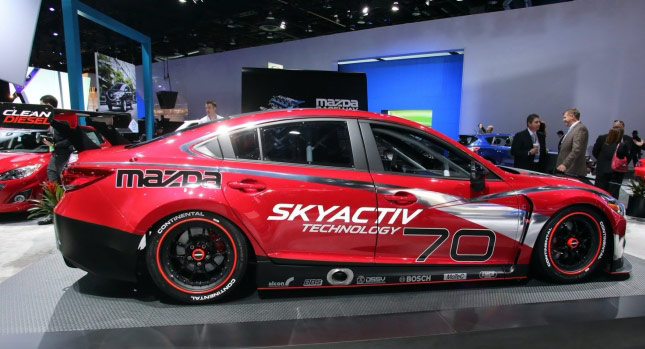Mazda really ought to be appreciated for not mindlessly following the hybridization trend, choosing instead to perfect the art of building a traditional, conventional car via its Skyactiv program.
Now, AutoNews tells us that the Japanese manufacturer will continue to go in the same direction in the future, and that by the year 2020, Skyactiv 2 will have made its debut on the market, with efficiency improvements in the order of thirty percent compared to what we have now.
The way in which they plan to achieve this is via complete and clean burn of the (diesel or gasoline) fuel so that the engine is both more efficient and less polluting.
According to Mitsuo Hitomi, the executive officer in charge of powertrain development at Mazda, “If we want to dramatically improve fuel economy from here, the only route is through lean burning,” adding that “the next step is the 2020 European regulations” (95 g/Km CO2).
One specific way through which the automaker aims to achieve its goals for gasoline engines is by raising the compression ratio, something that it has already done with the current crop of Skyactiv motors that run at 14:1 (very high compared to industry average) – they apparently want to raise that to 18:1.
Aside from that, they also want to employ what is called HCCI or homogenous charge compression ignition, which uses pressure to ignite the fuel/air mixture, instead of a traditional spark – it would burn petrol yet function along the same lines as diesel engines, basically.
The current problem with HCCI is that engines running in that way don’t really like to rev, mimicking the behavior of a diesel. This must be overcome, along with higher operating temperatures and pressures that will put extra strain on the entire system, require higher strength parts and ultimately end up being too expensive to be viable en masse.
Following the second gen Skyactiv will be Skyactiv 3, in the year 2025. The goal will be lowering emissions further to 65 g/Km CO2, and bringing a proportional increase in efficiency too.
By Andrei Nedelea
VIDEO



